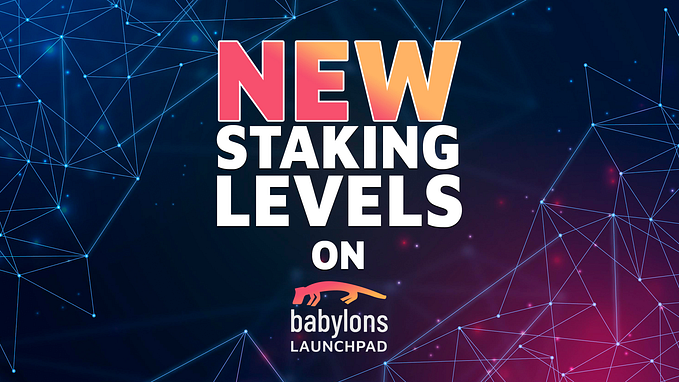Working efficiently with the Eisenhower Matrix

Let’s play a game. Suppose we have a 4-point crossing in the middle of a town, where the roads from North, South, East and West meet. Now, one day at exactly 12 noon, four cars arrive at the crossing from the 4 directions.
- The first car is that of the Mayor of the town, heading to a lunch party thrown by the Mayor of the next town.
- The second car is an ambulance — carrying a patient in a critical condition.
- The third car is a police patrol vehicle, doing the rounds.
- And the fourth car is an Uber roaming around the town hoping to get a pickup.
Assume that all 4 cars will be moving straight, and if two or more cars attempt to cross the 4-point intersection at the same time, their will be a crash.
So, the question is — of these 4 — the mayor’s car, the ambulance, the police car, and the Uber — which car should go after the other?
In this piece, we’ll be looking at how you can be much more efficient at work, by using a simple matrix.
But before we get into all that, let’s come to the answer of the game we were playing. So, which car should be allowed to move across the four-point intersection, before any of the others? You might have guessed this right — it’s the ambulance. After that, there goes the Mayor’s car. Then, the police patrol vehicle. And quite unsurprisingly, in the end, the Uber moves across. Congratulations if your answer is correct.
But, out real insights have only just started to appear. Let’s analyse why the cars were allowed to cross, in that particular order.
First, the ambulance — it contained a patient in a critical situation. And this, made it not only an important case, but also the most urgent of the 4 — even for a delay of a few seconds, the patient might have passed away.
Second, the Mayor’s car — well of course, going to the lunch party is not as important, as the saving of a person’s life; but — the time of a Mayor is tremendously valuable. Hence, it was urgent that his car was allowed next.
Third, the police patrol vehicle — even though it was not in pursuit at the moment, it was doing the rounds of the town — and that is an important job.
Fourth — the Uber roaming around, looking for a pickup — quite self-explanatory.
Now, the reason, we played this game, is to understand that there are two main factors that need to be judged when deciding on what event happens before the other — importance and urgency.
And this is the premise of the matrix I told you about a while ago. You see, when you plan out a day for yourself — what you get is a list of tasks that you need to get done by the end of the day. That said, of all the tasks on the list, you can start by doing only one at a time. But how do you choose which one to do first? Here come, those factors — importance and urgency. For each task, check its urgency and importance.
For example, me writing this very script is very important, and very urgent too. So, I need to do this right away. Also, my mother told me to get eggs from the super-market — they are not important — we can survive without eggs of course, but my mother needs them by the end of the day — and so, its urgent. I will probably get the eggs once I am finished with writing this script, but if it gets late, I’ll tell dad to bring eggs on his way home from work. Oh and I remember, that examinations at university are going to happen soon. They are important of course, but I still have time — hence, not urgent. So, for now I will only decide on a later date, for my study time. Lastly, I have been meaning to look up some exotic holiday destinations for next year — but that’s far away and I’m not even sure if it will be a good idea, hence I’ll not bother about it at all right now.
And there’s my planning for the tasks of the day.
- Basically, if a task is important and urgent — do it first.
- If a task is urgent, but not that important — preferably delegate it to someone responsible.
- If your task is not urgent, but still important, better set a date and time for yourself to do it later.
- And, if a task is neither urgent, nor important — best do it later, once everything else has been done.
All of this can be represented using a matrix, with the x-axis showing increasing levels of importance, and the y-axis showing increasing levels of urgency. Then you can plot the position of each item on your to-do list into one of the four quadrants, and that will show you its priority ranking among all the other tasks.
This matrix form for time and task management is named after the thirty-fourth US president Dwight David Eisenhower — known for being a master of productivity.
For proper strategic long-term decisions, this method is a sure-shot way to help you stay on the right track, making sure that you give equal focus to not only the important and urgent work, but also take into consideration all the other quadrants of the matrix.
After all, better late than never. But, never late, is even better.
There you have it — the Eisenhower Matrix.
Want to read more titbits on leading a well-designed life?
Or do you fancy some nuggets on leading a life of design?
Either way, you’re at the right place. The 31.5 Guy is a publication about all things life and design, and you’d probably not want to miss out — Follow if you’re not already!
See you in the next one.
Cheers! 💛









